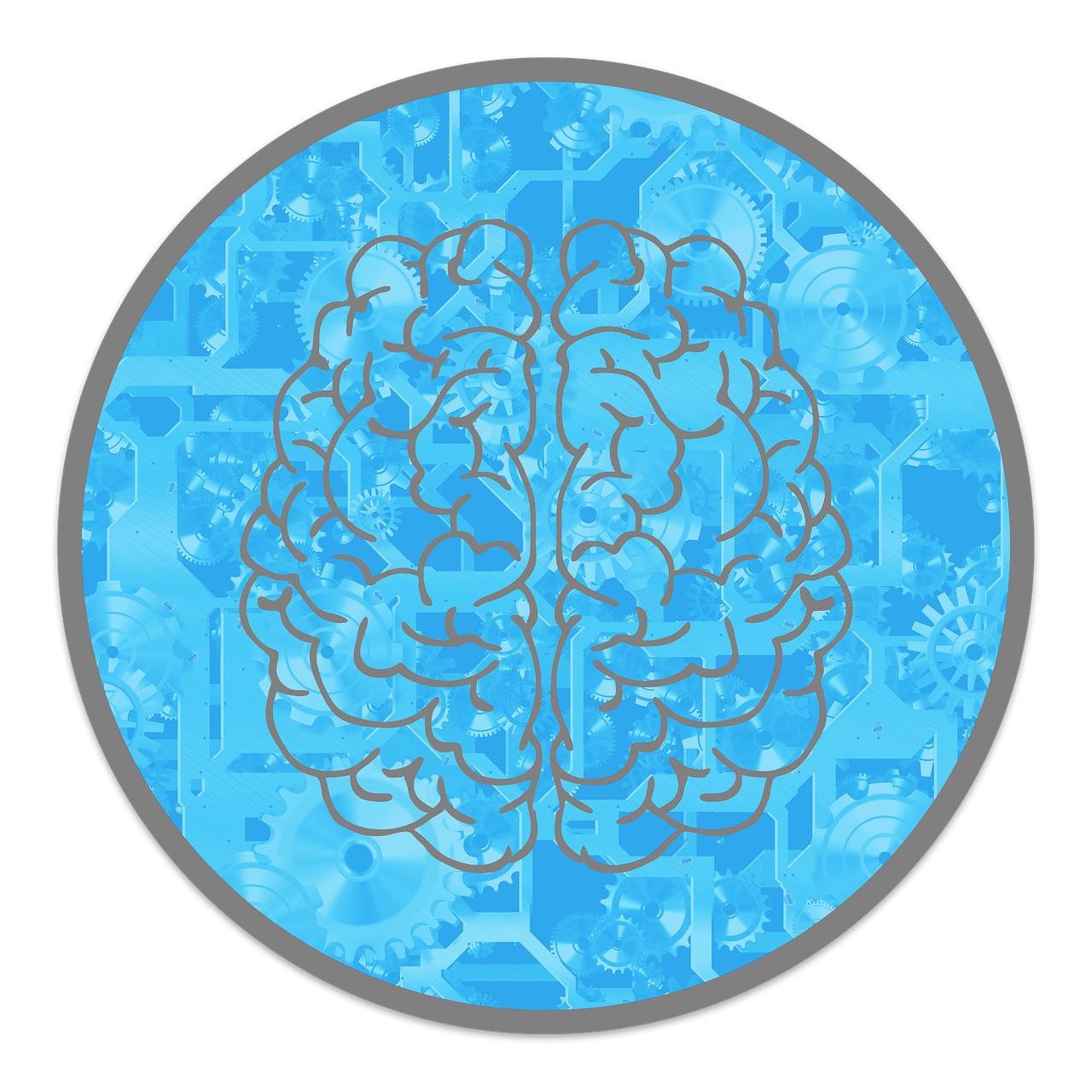
From Loki in the Marvel universe to Walter White in Breaking Bad, villains and antiheroes have captured our hearts in ways that heroes often don’t.
But why do we find ourselves rooting for these morally complex characters?
This article delves into the psychological theories behind our fascination with villains and explores how fiction shapes our perceptions of good, evil, and everything in between.
Psychological Theories Behind Our Attraction to Villains
Identification and relatability
Villains are often more relatable than heroes.
While heroes are portrayed as paragons of virtue, villains reflect our flaws, fears, and struggles.
According to research published in the Journal of Media Psychology, audiences are drawn to characters who experience moral dilemmas because they mirror the complexity of real-life decisions.
A villain’s vulnerabilities and human emotions make them feel more authentic.
Wish fulfillment and vicarious living
Villains often live without regard for societal rules, embodying the freedom many of us secretly desire.
Whether it’s revenge, power, or wealth, their actions allow viewers to explore forbidden desires vicariously.
Studies in Social Psychology Quarterly suggest that witnessing these behaviors in a fictional context provides a safe way to satisfy suppressed impulses.
Exploring the dark side of human nature
Villains force us to confront uncomfortable truths about humanity.
Carl Jung’s theory of the “shadow self” posits that everyone has a dark side, comprising traits we suppress or deny.
Villains represent this shadow, allowing us to explore these aspects of ourselves without real-world consequences.
The allure of rebellion and nonconformity
Villains often defy norms and challenge authority, making them symbols of rebellion.
In a world where conformity is often expected, their defiance feels refreshing.
Think of characters like the Joker in The Dark Knight, whose chaos disrupts an overly controlled society.
This rebellion appeals to those who feel stifled by societal expectations.

The Complexity and Moral Ambiguity of Antiheroes
Compelling backstories and motivations
Unlike stereotypical villains, antiheroes and morally ambiguous characters often have complex backstories that justify their actions.
For example, Killmonger in Black Panther fights for justice but uses morally questionable methods.
According to a study in Psychology of Popular Media, nuanced backstories make villains more sympathetic and compelling.
Charisma and performance
Many villains captivate us with their charisma and larger-than-life performances.
Think of Hannibal Lecter’s chilling charm in The Silence of the Lambs or the magnetism of Negan in The Walking Dead.
This charisma draws viewers in, blurring the lines between admiration and condemnation.
The Role of Fiction in Shaping Our Perceptions
When we dive into stories featuring villains or morally ambiguous characters, we’re not necessarily agreeing with their actions.
Instead, we’re invited to consider the deeper reasons behind their choices.
This exploration allows us to see that human behavior is often influenced by a variety of factors, such as past experiences, societal pressures, or even mental health issues.
By engaging with fiction, we broaden our understanding of human nature.
We learn that people aren’t simply “good” or “bad”—they exist in a spectrum influenced by numerous circumstances.
This deeper understanding can foster empathy and compassion in our real-world interactions, helping us appreciate that everyone has their own struggles and motivations.

Cultural Impact and Representation
Villains in stories and media are more than just bad guys; they often reflect the fears, values, and concerns of the society in which they were created.
For example, during the Cold War, movies featured villains that symbolized the threat of communism.
These characters were designed to evoke fear and convey the political tensions of the time.
They helped audiences understand the dangers that many felt were present in their world.
Fast forward to today, and the villains we see in movies and TV shows have shifted to represent contemporary issues.
Nowadays, characters may embody corporate greed, systemic corruption, or environmental destruction.
By portraying these types of villains, creators are tapping into current societal concerns and fears, prompting viewers to think critically about the world around them.
Understanding these villains gives us valuable insights into the cultural and historical contexts that influence their creation.
It helps us recognize how our collective anxieties and moral dilemmas are reflected in the stories we tell.

Final Thoughts
Our love for villains and antiheroes isn’t about condoning their actions but about appreciating their depth, complexity, and humanity.
These characters challenge our understanding of morality and allow us to explore the darker sides of human nature in a safe, fictional context.
So next time you find yourself rooting for the bad guy, remember—it’s not about choosing evil over good; it’s about embracing the full spectrum of human experience.


